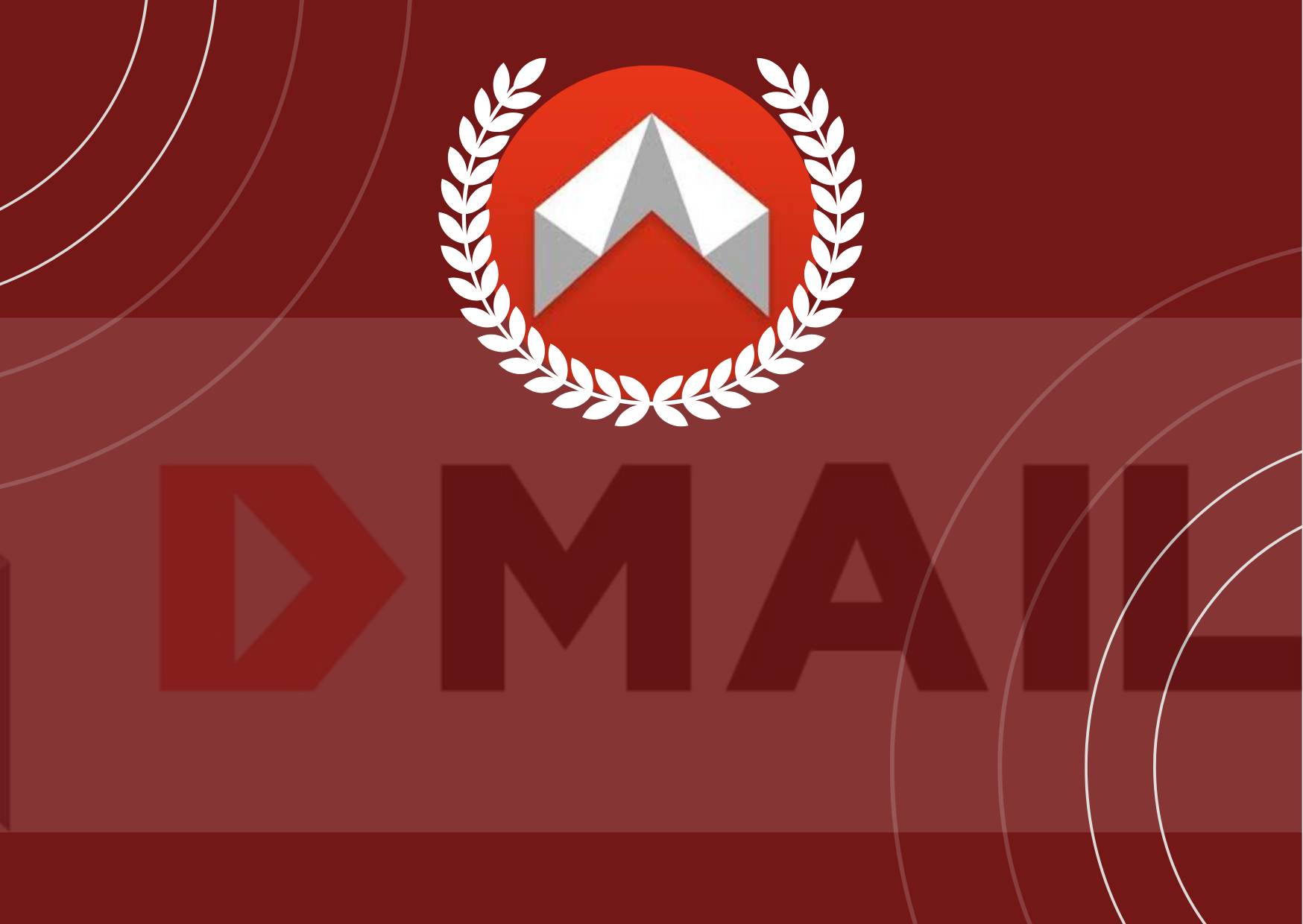Dmail Network: Redefining Decentralized Communication Through Innovation and Token-Driven Growth
 Nsi Berry
Nsi Berry
The digital age has ushered in unprecedented connectivity, but centralized platforms continue to dominate communication, often at the cost of privacy, security, and user autonomy. Dmail Network emerges as a disruptor in this space, leveraging blockchain technology to build a decentralized communication ecosystem that prioritizes user sovereignty. With a robust roadmap, cutting-edge innovations, and a utility-rich native token ($DMAIL), Dmail is poised to reshape how individuals and organizations interact in the Web3 era. This article explores the platform’s strategic vision, technological advancements, and the integral role of the $DMAIL token in driving long-term value.
Strategic Roadmap: Building the Future Layer by Layer
Dmail Network’s roadmap is a meticulously crafted blueprint designed to transition from a secure messaging platform to a comprehensive decentralized communication infrastructure.
The journey is divided into three core phases, each targeting specific milestones:
Phase 1: Foundation and Scalability (2023–2024)
Launch of the Dmail DApp, offering end-to-end encrypted messaging, decentralized email services, and seamless integration with Web3 wallets.
Expansion of cross-chain compatibility, enabling interoperability with Ethereum, Binance Smart Chain, Solana, and Layer-2 networks.
Introduction of basic $DMAIL token utilities, including premium feature access and gas fee payments.
Phase 2: Ecosystem Expansion (2024–2025)
Integration of AI-powered tools for smart filtering, spam detection, and automated responses.
Development of a decentralized identity (DID) framework, allowing users to manage digital identities securely.
Partnerships with DeFi platforms, NFT marketplaces, and DAOs to embed Dmail’s services into broader Web3 workflows.
Enhanced staking mechanisms for $DMAIL holders, offering rewards and governance rights.
Phase 3: Mass Adoption and DAO Governance (2025–2026)
Transition to a fully decentralized autonomous organization (DAO), with $DMAIL holders voting on protocol upgrades and treasury allocations.
Global marketing campaigns targeting enterprises, developers, and everyday users.
Launch of a decentralized storage solution for attachments and metadata, ensuring complete data ownership.
Core Innovations: Beyond Traditional Communication
Dmail Network’s technological advancements set it apart from conventional platforms. By merging blockchain, AI, and decentralized storage, the platform addresses critical pain points:
End-to-End Encryption (E2E) with Zero-Knowledge Proofs
Dmail employs zk-SNARKs to verify message integrity without exposing content, ensuring privacy even in public blockchain environments.Cross-Chain Interoperability
Users can send messages and assets across multiple blockchains, eliminating silos and fostering a unified Web3 experience.AI-Driven Personalization
Machine learning algorithms analyze user preferences (with consent) to prioritize emails, filter spam, and automate repetitive tasks.Decentralized Identity Management
Dmail’s DID system allows users to create self-sovereign identities, reducing reliance on third-party authentication services.NFT Integration
Users can attach NFTs to emails as verified signatures or exclusive content, unlocking new use cases for creators and businesses.
$DMAIL Token: The Engine of Decentralized Value
The $DMAIL token is the linchpin of Dmail’s ecosystem, designed to incentivize participation, reward contributions, and decentralize governance. Its multifaceted utility includes:
Access to Premium Features
Holders unlock advanced tools like AI assistants, custom domains, and priority customer support.Gas Fee Payments
$DMAIL is used to pay for transaction fees, with discounts for long-term stakers.Governance Rights
Token holders propose and vote on critical decisions, such as protocol upgrades and partnership approvals.Staking and Rewards
Users earn passive income by staking $DMAIL, with APY rates tied to network activity.Cross-Chain Bridging
The token facilitates seamless asset transfers between blockchains, with fees burned to create deflationary pressure.Partnership Incentives
Developers and enterprises receive grants in $DMAIL to build atop Dmail’s infrastructure, fostering ecosystem growth.
The Path Ahead: Challenges and Opportunities
While Dmail Network’s vision is ambitious, it faces challenges typical of decentralized projects, including regulatory scrutiny and competition from Web2 giants. However, its focus on interoperability, user-centric design, and token utility positions it to capitalize on the growing demand for privacy-first communication tools.
The platform’s success hinges on community engagement. By empowering $DMAIL holders to shape its future, Dmail ensures alignment with user needs—a stark contrast to top-down corporate models. As the Web3 landscape matures, Dmail’s blend of innovation and decentralization could make it a cornerstone of the internet’s next evolution.
Conclusion: A New Paradigm for Digital Interaction
Dmail Network is more than a messaging app; it’s a movement toward reclaiming control over digital communication. With a clear roadmap, groundbreaking tech, and a token engineered for utility, Dmail is building a future where privacy, security, and user empowerment are non-negotiable. For developers, investors, and everyday users, the $DMAIL token represents not just a financial asset but a stake in a decentralized revolution—one email at a time.
Subscribe to my newsletter
Read articles from Nsi Berry directly inside your inbox. Subscribe to the newsletter, and don't miss out.
Written by

Nsi Berry
Nsi Berry
Web3 pioneer 💯 Bitcoin believer 💯 Crypto currencies expert 💯